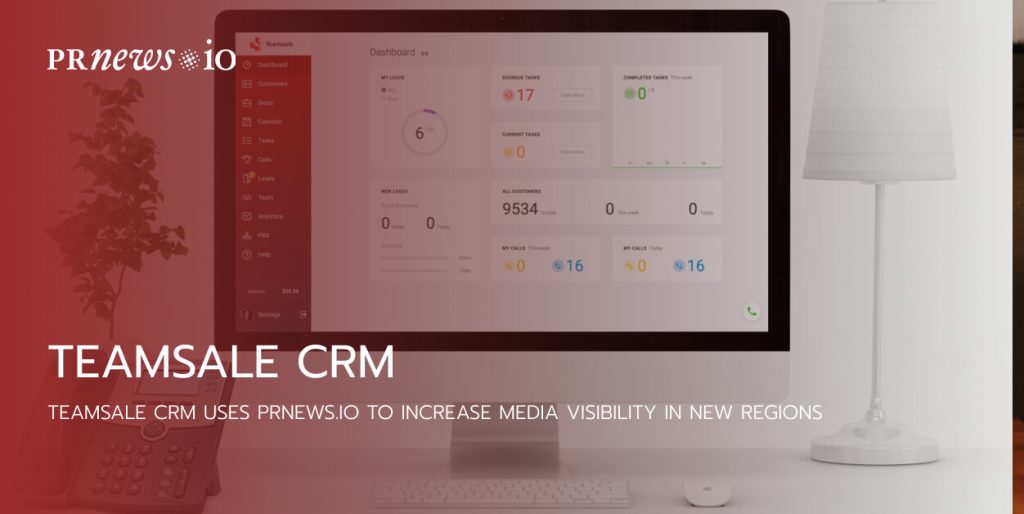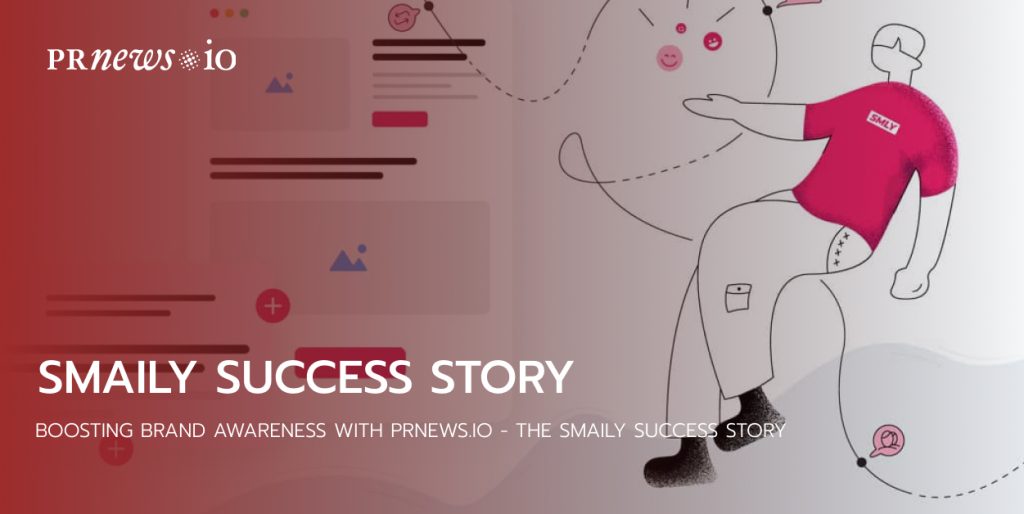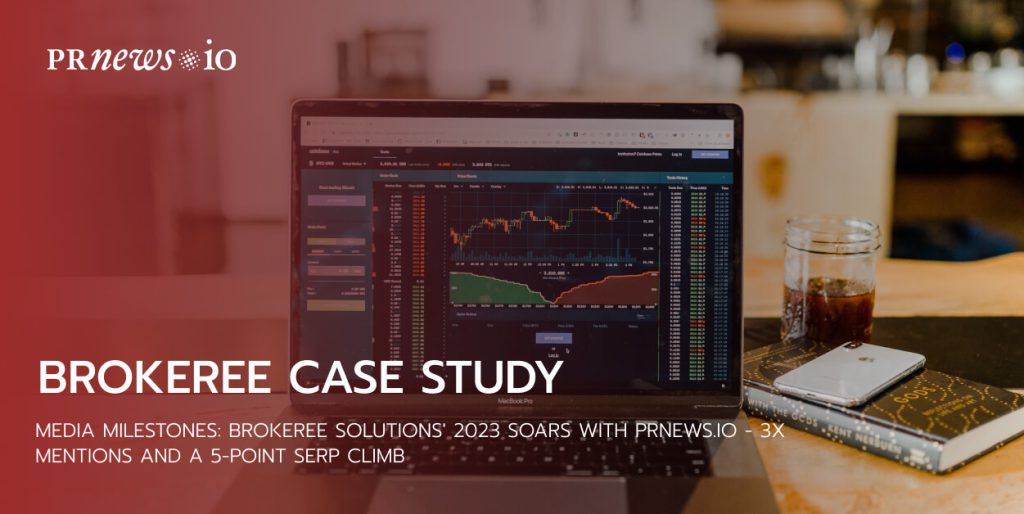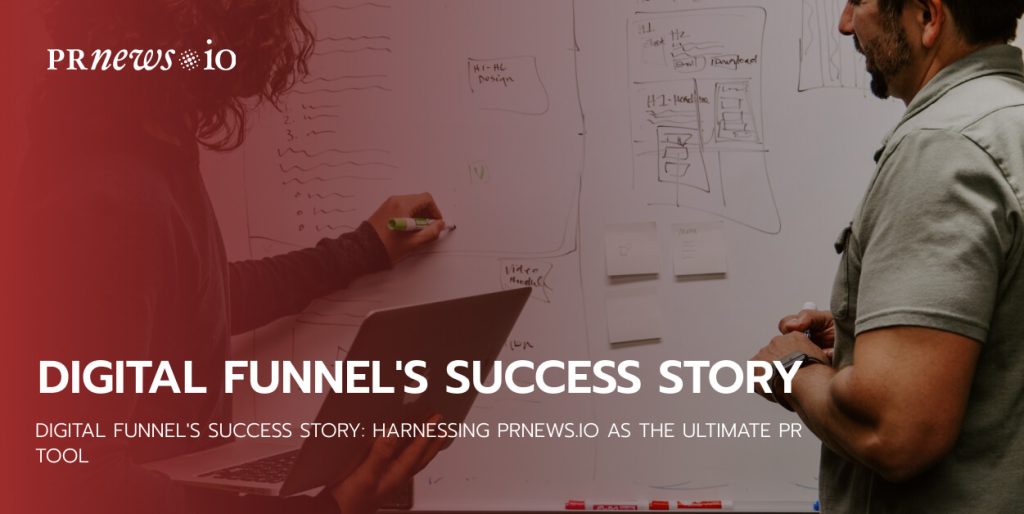CleanTech, or clean technology, is a broad term encompassing a class of investment assets, technologies, and business sectors that focus on clean energy, environmental products, and ecological services. The primary objective of CleanTech is to develop and implement solutions that reduce environmental impact while delivering economic benefits. CleanTech products and services offer several ecological advantages, including enhanced resource efficiency, reduced environmental resource usage, and minimized emissions harmful to the environment.
Public Relations (PR) plays a pivotal role in promoting and influencing decision-making within the realm of clean technologies. In this article, we will delve into the intricacies of conducting PR in the clean technology sector, exploring best practices, tactics, and methods, and examining how it contributes to shaping a cleaner and more sustainable world.
What is CleanTech?
A company can be classified as “CleanTech” if it contributes to environmental protection by producing products, services, or processes that reduce the consumption of non-renewable resources and generate significantly less waste compared to conventional market offerings. The categories of “green projects” within CleanTech encompass but are not limited to:
a) Renewable Energy: This includes energy generation, transmission, devices, and products related to renewable energy sources such as solar, wind, and hydropower.
b) Energy Efficiency: Involves energy-efficient solutions in new and refurbished buildings, energy storage, centralized heating, smart grids, and household appliances.
c) Pollution Prevention and Control: Focuses on reducing emissions into the atmosphere, controlling greenhouse gases, soil remediation, waste reduction, and waste management.
d) Sustainable Natural Resource and Land Management: Encompasses environmentally sustainable agriculture, animal farming, climate-smart farming, ecological forestry, including reforestation and preservation or restoration of natural landscapes.
e) Clean Transportation: Includes electric, hybrid, public, railway, non-motorized transportation, as well as infrastructure for eco-friendly transportation and reduced emissions.
f) Sustainable Water Resource Management: Encompasses sustainable water infrastructure for drinking water, wastewater treatment, and efficient water use.
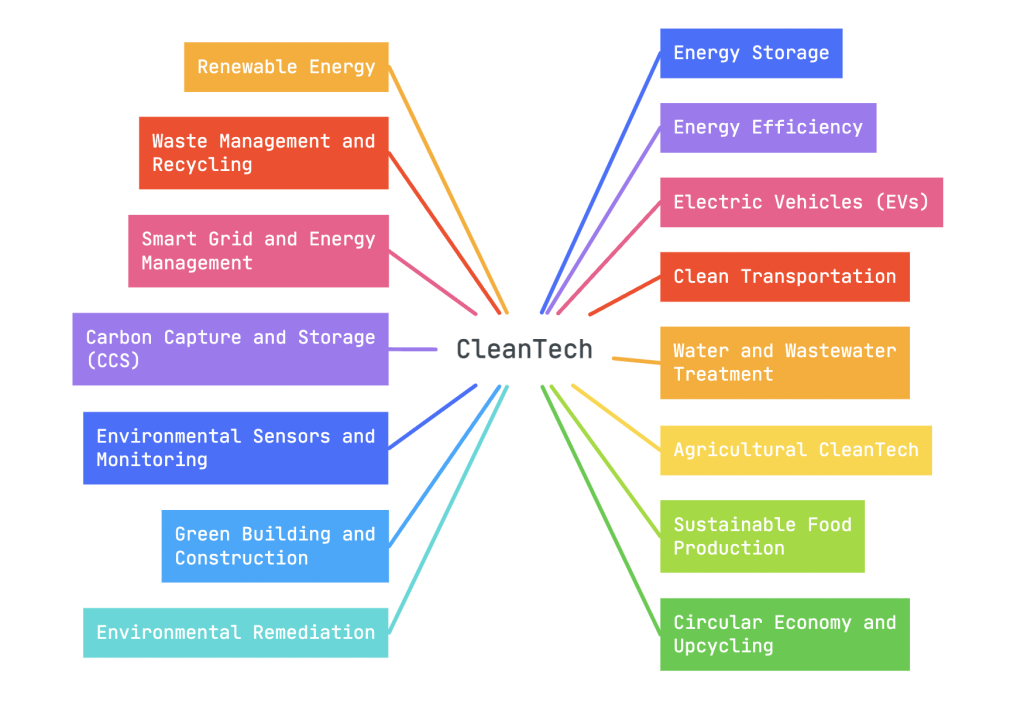
As the global economy continues to expand, environmental conservation issues have become more urgent than ever. These trends have spurred heightened scientific interest in economic and sustainable development, drawing attention from various countries worldwide. CleanTech represents a promising path forward to address these pressing environmental concerns and create a more sustainable future.
Why CleanTech Companies Need PR?
CleanTech companies require Public Relations (PR) for a multitude of reasons, as it plays a crucial role in their success and impact.
Here are several key reasons:
Reason #1: Attracting Investment
CleanTech companies often require substantial capital for research, development, and scaling of their technologies. Well-executed PR campaigns can attract investors by showcasing the economic viability and long-term sustainability of CleanTech ventures.
Example: How Bloom Energy utilized PR to attract investments and promote its clean energy solutions
Bloom Energy is a CleanTech company specializing in solid oxide fuel cell technology that generates clean and sustainable electricity. It offers on-site power generation solutions to commercial and industrial clients.
In 2018, Bloom Energy went public with an IPO, seeking to raise capital to fund its clean energy projects and research and development. PR played a critical role in creating buzz around the IPO. The company generated media coverage, conducted interviews with executives, and held press conferences to inform potential investors and the general public about its mission and business model.
- Bloom Energy Gets Nod to Settle IPO Class Action for $3 Million
- Bloom Energy Corporation Announces Commencement of Public Offering of Class A Common Stock
Bloom Energy maintained a proactive approach to media relations. It utilized PR to share its latest innovations and achievements with the press. By communicating its technological advancements and market potential, the company attracted the attention of financial journalists and investors.
- Bloom Energy Installs First Fuel Cells in Taiwan
- Bloom Energy’s Industry Shift Spurs Job Cuts and Future Growth Opportunities
Bloom Energy effectively used PR to convey its environmental impact story. By showcasing how its fuel cell technology reduced carbon emissions and contributed to a more sustainable future, the company appealed to environmentally conscious investors and sustainability-focused funds.

Reason #2: Building Credibility and Trust
PR helps CleanTech companies establish credibility and trust among stakeholders, including investors, consumers, regulatory bodies, and the general public. Effective PR can highlight the company’s commitment to sustainability and environmental responsibility.
Example: How Tesla has effectively harnessed PR to build credibility, trust, and widespread recognition
Tesla has employed PR to generate excitement around its product launches. The unveiling of new electric vehicle models, such as the Model S, Model 3, Model Y, and Model X, was often accompanied by elaborate and highly publicized events. These launches captured media attention and positioned Tesla as a leader in the EV market.
Tesla’s CEO, Elon Musk, is a public figure who has become a prominent advocate for clean energy and sustainability. His public persona and frequent media appearances have contributed significantly to the company’s PR efforts.
Reason #3: Influencing Policy
CleanTech PR professionals engage with government bodies and policymakers to advocate for regulations and policies that support clean energy and sustainability. This can lead to incentives, subsidies, and favorable regulatory environments for CleanTech.
Example: How a CleanTech giant NextEra Energy effectively harnessed PR to advocate for clean energy policies
NextEra Energy’s strategic use of PR played a significant role in influencing clean energy policies in the United States. The company’s efforts contributed to the growth of renewable energy adoption and the implementation of favorable policies and incentives, such as tax credits and RPS, which have driven the expansion of clean energy generation.
NextEra Energy launched educational initiatives to inform policymakers and the public about the benefits of renewable energy. These initiatives involved publishing reports, white papers, and hosting educational events and webinars aimed at policymakers, government officials, and other stakeholders.
The company utilized PR to advocate for and support the implementation of Renewable Portfolio Standards (RPS) in various states. These standards require a certain percentage of electricity to be generated from renewable sources. NextEra Energy’s PR efforts highlighted how RPS could lead to job creation, reduced carbon emissions, and economic growth.
NextEra Energy positioned itself as an industry thought leader through PR. The company’s executives and experts frequently contributed op-eds, articles, and interviews in reputable media outlets, discussing the importance of clean energy policy changes.
Reason #4: Raising Awareness
PR is a powerful tool for creating awareness about CleanTech solutions. It can educate the public about the benefits of clean technologies, making them more attractive and accessible.
A notable real-life example of a CleanTech company successfully raising awareness through PR is “Patagonia Provisions.”
Patagonia Provisions’ Sustainable Food Mission:
Patagonia Provisions, a subsidiary of the well-known outdoor clothing brand Patagonia, is dedicated to producing sustainable, environmentally responsible food products. They utilize regenerative agricultural practices and support small-scale farmers and fishers committed to ethical and eco-conscious food production.
Through strategic PR efforts, including press releases, media partnerships, and storytelling, Patagonia Provisions has effectively communicated its mission of sustainable food production to a broader audience. They have been featured in prominent publications, including sustainability-focused magazines and eco-conscious news outlets.
- Clothing giant Patagonia’s publishing division releasing book blasting salmon farming industry
- How Patagonia Provisions is building out its product portfolio with its first-ever acquisition
Reason #5: Shaping Market Behavior
PR campaigns can inspire changes in consumer and business behavior. By portraying CleanTech as a responsible and forward-thinking choice, PR can help shift market preferences toward sustainable products and services.
Example: Beyond Meat’s Plant-Based Revolution:
Beyond Meat, a CleanTech company specializing in plant-based meat alternatives, has used strategic PR campaigns to reshape the market behavior in the food industry. They have been at the forefront of the plant-based food movement, aiming to reduce the environmental impact of meat production.
Beyond Meat’s PR efforts have been instrumental in raising awareness about the environmental and health benefits of plant-based meat products. They have worked with media outlets to showcase the sustainability advantages of their products, including reduced greenhouse gas emissions, land use, and water consumption compared to traditional meat.
Reason #6: Managing Reputation
Effective PR can help mitigate potential public relations crises and manage reputation. By promptly addressing any issues or concerns, CleanTech companies can maintain a positive public image.
Example: Siemens’ Response to Environmental Concerns
Siemens, a multinational conglomerate involved in various CleanTech sectors, including renewable energy, faced a public relations challenge related to its wind turbine business. Concerns were raised about the impact of wind turbine noise on nearby communities, and allegations of harm to local bird populations were circulating.
Siemens proactively addressed these issues by initiating a comprehensive PR campaign. They conducted thorough research and development to reduce noise levels and minimize the impact on wildlife.
Siemens utilized PR channels to communicate their commitment to environmental responsibility and their dedication to resolving these challenges. They published articles, conducted interviews, and collaborated with environmental media to showcase their efforts to improve the sustainability of their wind turbine technology.
- Siemens Energy: turbine trouble pops the renewables bubble
- Siemens-Led Group Completes Test of 100% Renewable Hydrogen in Gas Turbine
Reason #7: Competing in a Crowded Market
The CleanTech sector is highly competitive, and PR helps companies stand out in a crowded marketplace. It allows them to differentiate themselves and articulate their unique value proposition.
Example: Enphase Energy’s Solar Innovation Breakthrough
Enphase Energy knew that to thrive, they needed to differentiate themselves with innovative technology and strategic PR.
Enphase Energy developed microinverter technology, which significantly improved the efficiency and reliability of solar energy systems. To gain an edge in the crowded market, they launched a multifaceted PR campaign. They engaged in media partnerships, provided expert insights on solar technology in interviews, and published articles on the benefits of their microinverter systems.
Through these PR efforts, Enphase Energy not only educated the market about the advantages of their technology but also positioned themselves as leaders in solar innovation.
- Enphase Energy Launches New IQ8 Microinverters for High-Powered Solar Modules in Austria
- Enphase to inaugurate new microinverter facility with visit from Joe Biden
Reason #8: Educating Stakeholders
CleanTech PR can be used to educate various stakeholders, such as customers, employees, and partners, about the complexities and benefits of CleanTech solutions. This knowledge can lead to better adoption and support.
Example: Schneider Electric’s Sustainability Initiatives
Schneider Electric utilized a comprehensive PR strategy to disseminate information about their sustainability goals and the impact of their solutions. They employed multiple channels, including internal communications, customer-focused content, and industry thought leadership in energy management.
Through webinars, workshops, and informative articles in industry publications, Schneider Electric not only educated their employees about the importance of CleanTech but also provided valuable resources to help their customers and partners understand the benefits of adopting energy-efficient technologies. Their PR campaigns showcased real-world case studies, demonstrating the financial and environmental advantages of CleanTech solutions.
PR is indispensable for CleanTech companies in achieving their environmental and business objectives. It not only raises awareness but also contributes to building a positive reputation, attracting investment, influencing policy, and fostering a more sustainable future. CleanTech companies that invest in effective PR strategies can better position themselves to thrive in a rapidly evolving and environmentally conscious market.
CleanTech PR Best Practices
CleanTech PR (Public Relations) requires a strategic approach to effectively communicate a CleanTech company’s mission and technology to various stakeholders.
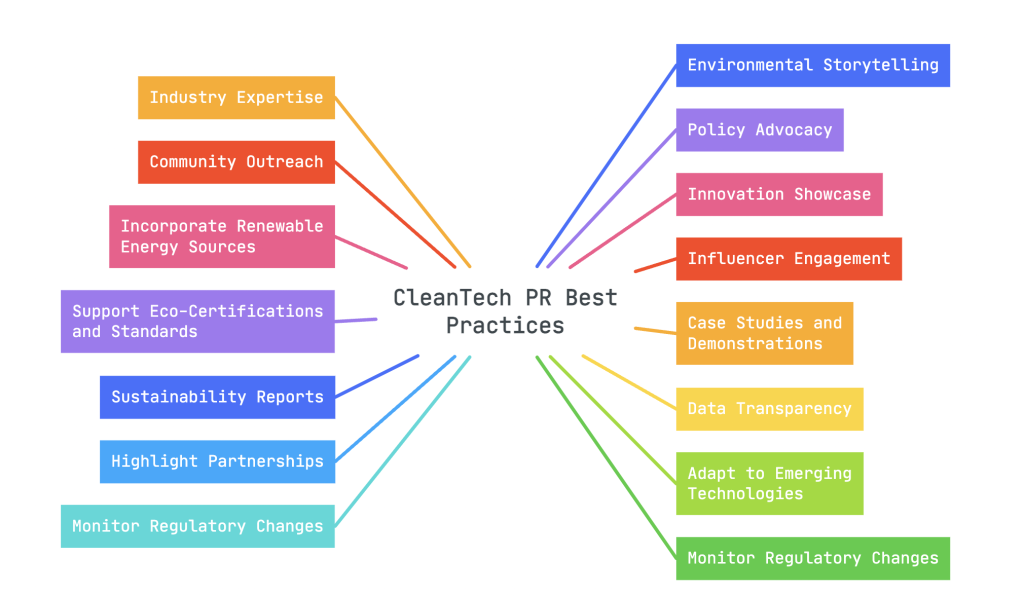
Here are some specific CleanTech PR practices to consider:
Industry Expertise
Professionals in CleanTech PR should possess in-depth knowledge of the CleanTech sector, encompassing a comprehensive understanding of technologies, industry regulations, market dynamics, and sustainability issues. These insights are invaluable for skillfully formulating and conveying your company’s messages.
For example, Vestas Wind Systems frequently leverages its expertise in the wind energy sector in PR materials. Additionally, Clean Energy Fuels‘ experience in gas infrastructure and alternative fuel solutions positions it as an industry expert.
Environmental Storytelling
Craft compelling narratives that emphasize the environmental and societal impact of your CleanTech solutions. Tell stories about how your technology contributes to a cleaner, more sustainable world.
For instance, SolarEco’s PR team excels at weaving narratives that highlight the positive ecological effects of its solar energy solutions.
Innovation Showcase
PR should consistently showcase your CleanTech innovations, whether it’s breakthrough research, new product launches, or efficiency improvements. Highlight how your technology is at the forefront of the industry.
Policy Advocacy
Engage with policymakers and government bodies to advocate for policies that support clean energy and sustainability. Your PR team should actively participate in discussions, provide expert insights, and influence policy decisions.
For example, SolarSolutions’ PR team actively participates in discussions with lawmakers and regulatory bodies to advocate for solar energy incentives and environmentally friendly policies.
Case Studies and Demonstrations
Develop comprehensive case studies and real-world demonstrations that illustrate the practical applications and benefits of your CleanTech solutions. These examples should be visually engaging and data-driven.
For instance, WindEco’s PR team consistently produces detailed case studies showcasing how its wind turbines are powering entire communities, backed by real-time energy generation data.
Support Eco-Certifications and Standards
Seek and maintain relevant eco-certifications and adhere to industry standards. These certifications validate your commitment to sustainability and can be highlighted in your PR efforts.
As a prime example of supporting eco-certifications and adhering to industry standards, GreenPower Innovations has obtained several notable certifications, including the “Green Seal” for its eco-friendly manufacturing processes and the “Energy Star” certification for its energy-efficient products. These certifications validate the company’s unwavering commitment to sustainability and provide consumers with confidence in choosing environmentally responsible products.
Monitor Regulatory Changes
Stay informed about CleanTech regulations and be prepared to adapt to new requirements. Engage in public discourse regarding potential regulatory changes that could impact your industry
Small-Scale CleanTech: Sustainable Innovations for Everyday Life
It’s not just the industry giants and corporate behemoths that require savvy PR strategies. The landscape is also punctuated by small-scale startups with groundbreaking ideas and innovations that hold the promise of making our world a cleaner, more sustainable place. These startups are driven by a passion for environmental change, armed with game-changing technologies, and possess the potential to reshape our future.
HuskeeCup’s Sustainable Story
HuskeeCup, a small Australian startup that produces reusable coffee cups made from coffee husks, gained media attention by actively promoting its sustainability story. They crafted articles and press releases highlighting their unique eco-friendly product and the reduction of coffee waste. This PR effort resulted in coverage by prominent environmental and lifestyle publications, effectively raising awareness and interest in their product.
- From husk to cup: Cracking cup sustainability with Huskee
- Huskee Cup, made of discarded coffee husk, is the latest coffee cup alternative
Nest’s Smart Thermostat PR Campaign
Nest, known for its smart thermostats, utilized a PR campaign to educate consumers about the energy-saving benefits of their product. They published articles in both tech and sustainability-focused publications, explaining how their smart thermostat can help households reduce energy consumption. This approach helped Nest establish itself as a leading provider of eco-friendly home solutions.
- Nest Labs Introduces World’s First Learning Thermostat
- Abode Announces Google Nest Integration
- The new Nest Thermostat: more energy savings for more people
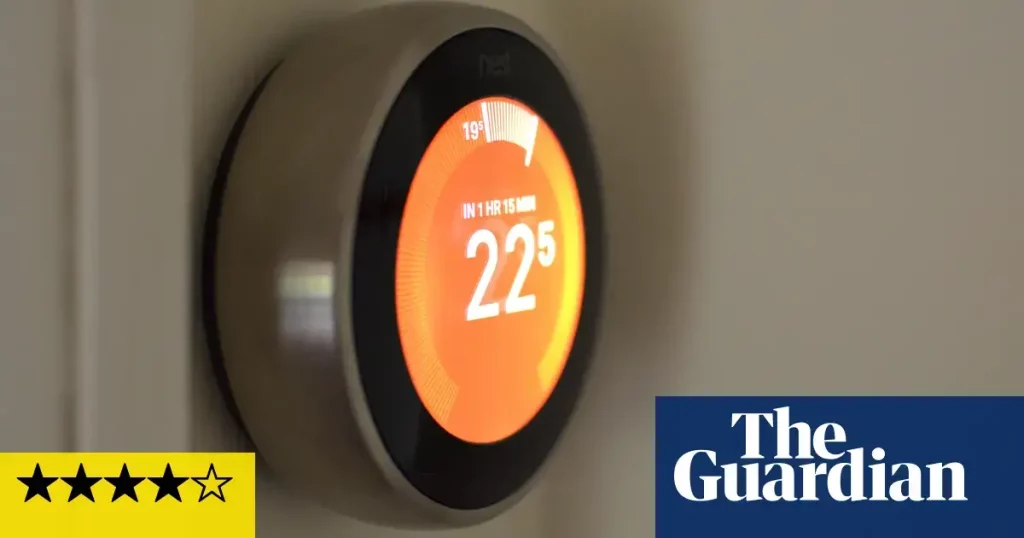
As the world continues to grapple with environmental challenges, CleanTech PR is more critical than ever. PR professionals have the power to drive CleanTech innovation forward, shape public opinion, and influence decision-makers. To write the success story of CleanTech, they must focus on creating compelling narratives that highlight the benefits, reliability, and affordability of CleanTech solutions.
CleanTech PR: Reaching the Right Audience with PRNEWS.IO
PRNEWS.IO can be a valuable platform for CleanTech PR companies looking to disseminate their PR articles and reach a targeted audience interested in CleanTech and sustainability. Here’s how PRNEWS.IO can assist CleanTech PR efforts:
PRNEWS.IO provides a list of specific energy news sources, allowing CleanTech PR professionals to choose the most relevant publications for their PR articles. This ensures that their content is placed in media outlets where it’s most likely to gain attention.
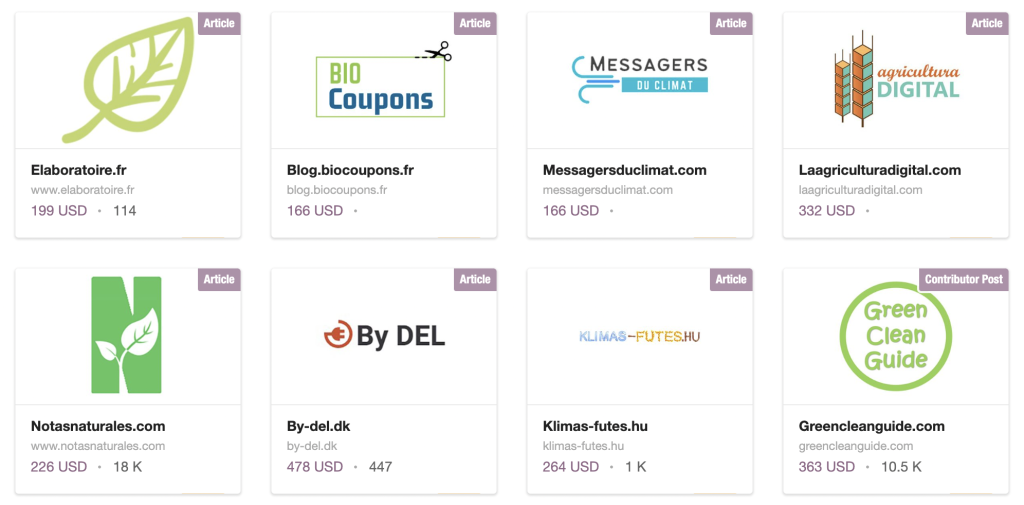
By leveraging PRNEWS.IO’s network of media outlets, CleanTech PR companies can extend the reach of their PR articles to a wider audience, including industry experts, policymakers, and potential investors.
Moreover, PRNEWS.IO offers a cost-effective way for CleanTech PR professionals to distribute their content in relevant energy news sources, which can be more budget-friendly than traditional advertising.

It’s an effective tool for building credibility, expanding reach, and promoting the environmental initiatives and innovations of CleanTech firms.
Is your business in need of a PR makeover?
- Benefit from media coverage assistance.
- Witness a refined branding approach.
- Watch as your recognition soars.

